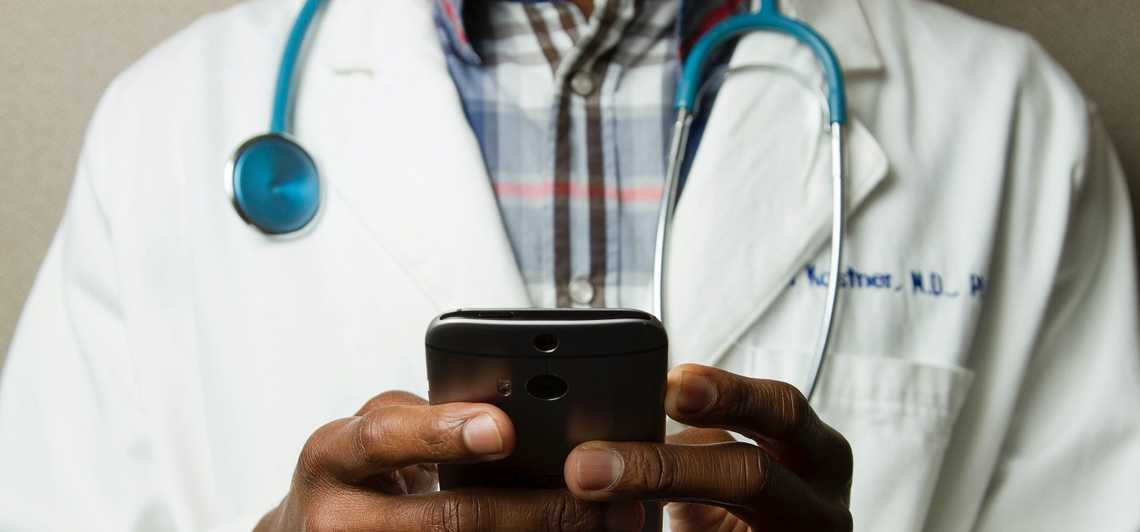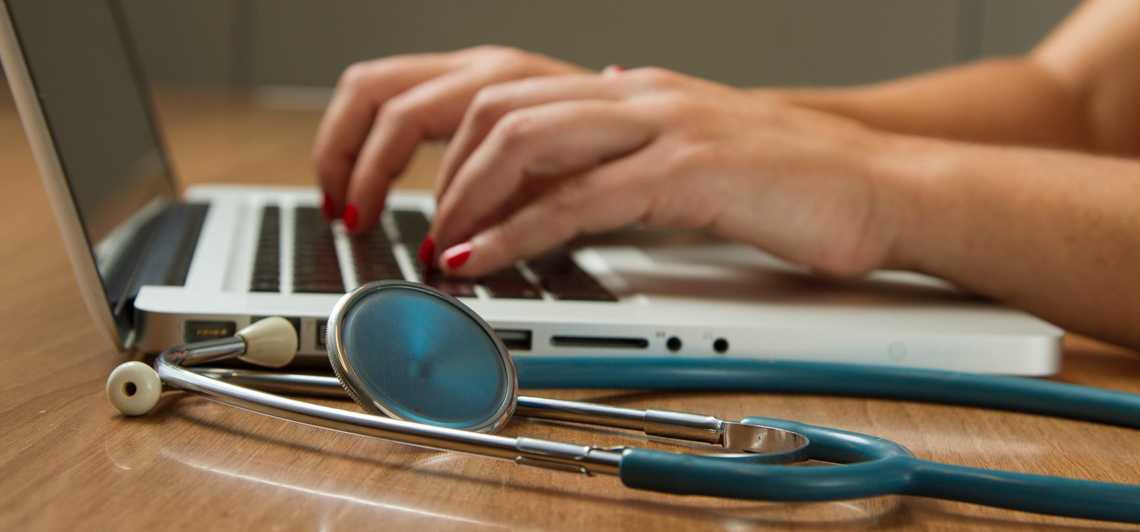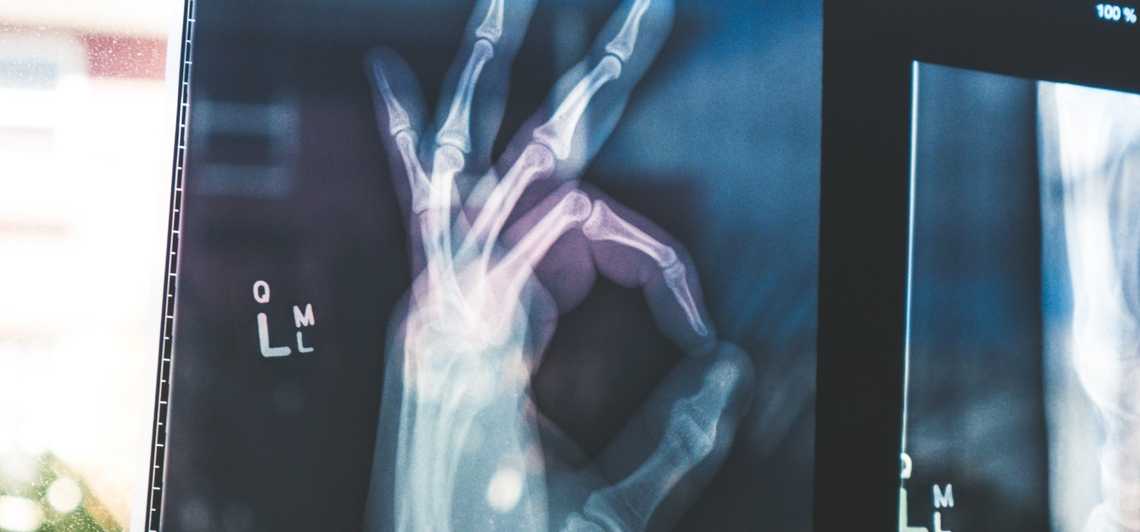RFID and NFC: Enhancing Healthcare Efficiency and Patient Safety

The healthcare sector is one of the most complex industries in the world. The sector requires multidisciplinary teams to work together seamlessly to provide the best quality of care to patients. Professionals skilled in many different fields — from engineers to doctors to management teams — work together to improve patient care quality and save lives daily.
The last few decades have seen a surge in innovations that have significantly improved patient care — from robotic surgeons to AI and digital assistants in patient rooms. RFID and NFC are two of these new technologies that promise to improve patient care with little investment.
This article explores how the technology works, how healthcare institutions can use NFC tech, and how they may benefit from them.
What are RFID and NFC technologies? How do they work?
RFID and NFC are short-range communication technologies. Both of them send a small amount of data over a short distance to a receiver which will then use the info to trigger further actions. At a glance, both technologies are, but they are very distinct in how they work and where they are used.
An RFID reader works by sending radio waves to tags to read the information stored on them. The tags store information in the form of an identifying number or a reference ID. When a reader is nearby, the tag will use the energy from the radiowaves to transmit the reference ID. The reader will then reference this ID with a database to identify the object and trigger the appropriate response.
The technology is similar to how a barcode reader works; but unlike it, the RFID reader doesn’t have to be in the line of sight of the tag to read it.
Most applications use passive RFID tech that uses energy from the radiowaves that the reader emits. But there are active tags as well which have batteries in them. These tags can transmit the information to a much longer range.
RFID tech is commonly used in manufacturing, quality control, logistics, and shipping. The tech simplifies object recognition; instead of complicated, expensive, and often inaccurate computer recognition systems, companies can use RFID tech to help machines identify objects and trigger an appropriate response.
NFC or Near-Field Communication works similarly. But NFC tags don’t usually store a reference number or an ID that the reader can look for in a database. NFC readers can read the information directly from the tag; it can be your contact info on your pet’s collar, or it can be payment info for making purchases at the mall.
Like RFID tags, NFC systems can also be passive or active. But unlike RFID, active NFC systems can work as both a reader and a tag. Here, the reader and the tag send information to each other alternatively. For instance, many modern smartphones offer NFC functionality which can read NFC tags, but also act as credit, debit, or even loyalty cards.
What are the different applications of NFC and RFID tracking in the healthcare sector?

The low implementation cost of NFC and RFID tech makes them ideal for the healthcare sector. Here are some of the applications of technology in healthcare institutions.
Seamless access control
Healthcare institutions need robust access control throughout the premises. Hospitals have to carefully manage the people entering the hospital as well as the sensitive areas or rooms within the hospital.
If visitors and personnel have unrestricted access, it will become impossible to contain and control infectious diseases. It can also affect the safety of patients in post-op care who will be prone to infections.
Access control is also important to provide high-quality patient care. Areas like the operation rooms and ICUs follow strict protocols to create a sterile environment. Entry of untrained personnel will impact the high levels of sterility that these areas demand.
Unrestricted access can also cause problems like theft and vandalism.
But at the same time, hospitals also need to let their personnel have smooth access to the facilities. They can’t rely on locks and keys to restrict access since the healthcare personnel may not have time to wait around. Complicated access systems will slow down the hospitals’ operations as well.
But with an RFID system, hospitals can allow seamless access to their personnel. Doctors, paramedical staff, and other hospital personnel can just scan their IDs with RFID chips to open doors. Such a system can also keep a record of the personnel entering the restricted areas for future reference.
Better maintenance and hygiene
Hospitals and healthcare institutions have high standards of maintenance and hygiene. Lapses in cleanliness can make hospitals unsanitary even if it looks clean at a glance.
RFID and NFC systems can streamline the cleaning process. It can ensure that all the areas are covered and that all pieces of equipment are inspected regularly.
Hospitals can attach RFID tags in all the rooms, near the equipment, and provide the maintenance crew with RFID readers. When they clean the room, the reader will scan the tag and mark the room as clean. When maintenance personnel opens up or inspects medical devices, the RFID reader will read the tags, and mark the piece of equipment off the inspection list.
Easier inventory management
Healthcare institutions need a consistent supply of medicines, medical devices, instruments, and other materials to provide quality healthcare. Many of these materials have expiration dates and without careful inventory management, hospitals may face a lot of wastage. Supplies like medicines and disposable instruments also require specific storage conditions outside of which they may be spoiled.
RFID systems can keep track of these materials more effectively. With these systems, hospitals can get accurate information about the availability of different medications and supplies at a glance. They can also better track the usage of different supplies and organize their inventory. Hospitals can also make it easier for medical professionals to find out the materials they need with the help of RFID solutions.
Healthcare institutions can also use RFID systems that come with temperature and humidity sensors to ensure the quality of supplies in hospital inventories. If there was a loss of power and the materials were outside the ideal conditions even for a small time, these sensors can keep track of them.
Keep track of equipment and medical devices
Hospitals and healthcare institutions invest a lot in medical devices. These devices are used to track patient vitals and to diagnose their conditions. To ensure quality patient care, it’s important that healthcare professionals can access them quickly.
For instance, if a patient is facing a cardiac event, doctors will need quick access to the medication as well as other tools to stabilize the patient.
Besides the emergencies, if the hospital staff have to run around looking for the tools, it will make the operations less efficient. Wheelchairs and other patient transport equipment often tend to be strewn about the hospital premises which can hinder foot traffic and even create a tripping hazard.
By using RFID tech, hospitals can better account for these tools and make sure they’re easily accessible.
Better management of medical waste
All hospitals and healthcare institutions need clear procedures to handle their medical waste. Medical waste includes disposable instruments, PPEs, bodily fluids, and other materials.
This waste must be properly identified, segregated, and removed from the premises. Expired drugs and used PPE and disposables present serious health risks and must not come in contact with patients.
With the help of RFID systems, hospitals can ensure that the waste bins are cleared regularly and that the different types of waste are disposed of properly. They can also ensure that unsanitary medical instruments aren’t used again accidentally.
Anti-counterfeiting in medicines
Counterfeit drugs, vaccines, and medical equipment pose a serious threat to patient safety. In many cases, counterfeit medicines don’t pass the necessary quality control and often lack the necessary chemical components. They may even contain substances that can trigger allergic reactions or worse in patients. At best, they don’t do what the drugs are supposed to do and at worst, they can even be fatal.
But fighting counterfeit drugs is not easy. Counterfeiters often copy packaging and other branding from legit drug manufacturers.
But by attaching RFID tags to these medications, drug manufacturers and hospitals can reduce counterfeit drugs to a large extent. During the pandemic, this technology was used to authenticate vaccines and COVID-19 test kits.
Tracking patients, staff, and visitors
RFID tech can track patients, staff, and visitors within the hospital premises. Many hospitals keep track of patients and visitors with the help of RFID armbands. By placing RFID readers near the exits and through the premises, hospitals can quickly locate patients if they go missing or wander off.
Enhanced security within the premises
Hospitals and healthcare institutions often have expensive instruments and devices. Because of this, theft and vandalism can seriously affect their revenues and make patient care expensive. But by adding NFC tags to these devices, hospitals can ensure that they remain within the premises. If someone attempts to take them out of the premises, the RFID system can alert the hospital staff and raise an alarm.
It can improve the safety of the patients as well. It can ensure the safety of infants and babies from potential abductors.
What are the benefits of using NFC and RFID tech in healthcare?
Here’s how NFC and RFID tech can benefit hospitals and other healthcare institutions.
Help provide better quality treatment and patient care
NFC tech can improve patient care by tracking doctor-patient interactions. The technology can ensure that doctors are attending to the patients regularly and that they’re regularly available.
It can also ensure that patients are getting medications on time and that the paramedical staff is monitoring them regularly. NFC systems can also track the waiting period for different services within hospitals and provide the data to help analyze and improve them.
The hospital can also use the data from RFID systems to improve the availability of medicines and medical devices.
Improve the patient safety
NFC devices can keep track of patients and their movements within the hospital premises and ensure that they’re safe. If a patient is feeling delirious or is not in the right mental state, they may wander off through the hospital premises and put themselves in dangerous situations. In the case of babies and infants, there’s also the risk that someone may just carry them outside without anyone knowing.
Many hospitals have implemented armbands that set off an alarm if patients walk out the door or try to access restricted spaces. If an infant or a baby goes near the doors, many hospitals automatically shut them to keep them safe.
And of course, these devices can improve patient safety by enhancing the quality of care, reducing medical errors, providing cleaner environments, and other aspects discussed above.
Creates more accountability among hospital staff
Except for a few processes, there’s little documentation on the responsibilities within a hospital. A patient may wait for hours for a simple blood draw and there may be no record showing the person responsible. If the maintenance crew failed to clean up a room or a patient was given the wrong medication, it won’t be easy to find out who was responsible or how you can prevent this from happening again.
RFID systems, to a large extent, document the operations within a hospital. It can show the location and activities of different personnel and make the staff more accountable.
Improve and streamline the processes in healthcare institutions
RFID systems improve the visibility of operations within healthcare institutions. It offers the hospital administration granular data about everything from inventory and supplies to the quality of patient care in different departments.
This data allows hospitals to adjust their operations and make them more efficient. It can help prevent the wastage of resources and make them available according to demand.
Improve the quality of care in your healthcare institution with TargPatrol
TargPatrol is a low-cost solution that can improve the quality of healthcare in your hospital. The solution uses RFID and NFC tech to track hospital staff and equipment.
The solution can help ensure that the doctors and paramedical staff regularly check up on the patients. It can send reminders to them in case they miss an appointment or fail to deliver the medication on time.
TargPatrol can also ensure that the maintenance personnel is regularly cleaning the hospital premises and inspecting the devices. They can use the app to schedule cleanups, maintenance, and other activities, and keep a record of them.
Check out TargPatrol now and take the first step to improve patient care in your healthcare institution.

Read more: How can you improve safety and security in hospitals?


